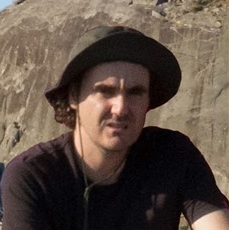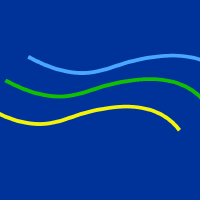Topic Menu
► Topic MenuTopic Editors


Advances in Geodiversity Research
Topic Information
Dear Colleagues,
The concept of “geodiversity” coined 30 years ago defines the range of minerals, rocks, fossils, landforms, soil and hydrological features and processes, including their assemblages, structures, systems and contributions to landscapes. Primarily linked with geoconservation subjects, it has increasingly come to be perceived as a much broader concept, with influence on approaches that cover all domains of the geosciences.
The interest in geodiversity research has grown in recent years, evidenced by the high number of scientific publications dedicated to this topic. Aside from conceptual discussions on geodiversity variables and on assessment methods, one of the main challenges is to demonstrate why geodiversity is important in ecosystem services, in implementing nature conservation and land-use policies, in its direct relationship with biodiversity, in ecosystems restoration and as part of natural capital.
Novel contributions focusing on geodiversity assessment methods; GIS and mapping; the importance of geodiversity in ecosystem services; geodiversity data for land-use planning and nature conservation; and the relations between geodiversity and biodiversity, geoheritage and land-use are welcome.
Dr. Paulo Pereira
Prof. Dr. Murray Gray
Dr. Maria da Glória Garcia
Topic Editors
Keywords
- geodiversity
- abiotic nature
- ecosystem services
- natural capital
- nature conservation
- GIS
- mapping
Participating Journals
| Journal Name | Impact Factor | CiteScore | Launched Year | First Decision (median) | APC |
|---|---|---|---|---|---|

Diversity
|
2.1 | 4.0 | 2009 | 17.1 Days | CHF 2100 |

Geosciences
|
2.1 | 5.1 | 2011 | 23.4 Days | CHF 1800 |

Land
|
3.2 | 5.9 | 2012 | 16 Days | CHF 2600 |

Resources
|
3.2 | 7.2 | 2012 | 24.6 Days | CHF 1600 |

Sustainability
|
3.3 | 7.7 | 2009 | 19.3 Days | CHF 2400 |

Preprints.org is a multidisciplinary platform offering a preprint service designed to facilitate the early sharing of your research. It supports and empowers your research journey from the very beginning.
MDPI Topics is collaborating with Preprints.org and has established a direct connection between MDPI journals and the platform. Authors are encouraged to take advantage of this opportunity by posting their preprints at Preprints.org prior to publication:
- Share your research immediately: disseminate your ideas prior to publication and establish priority for your work.
- Safeguard your intellectual contribution: Protect your ideas with a time-stamped preprint that serves as proof of your research timeline.
- Boost visibility and impact: Increase the reach and influence of your research by making it accessible to a global audience.
- Gain early feedback: Receive valuable input and insights from peers before submitting to a journal.
- Ensure broad indexing: Web of Science (Preprint Citation Index), Google Scholar, Crossref, SHARE, PrePubMed, Scilit and Europe PMC.


